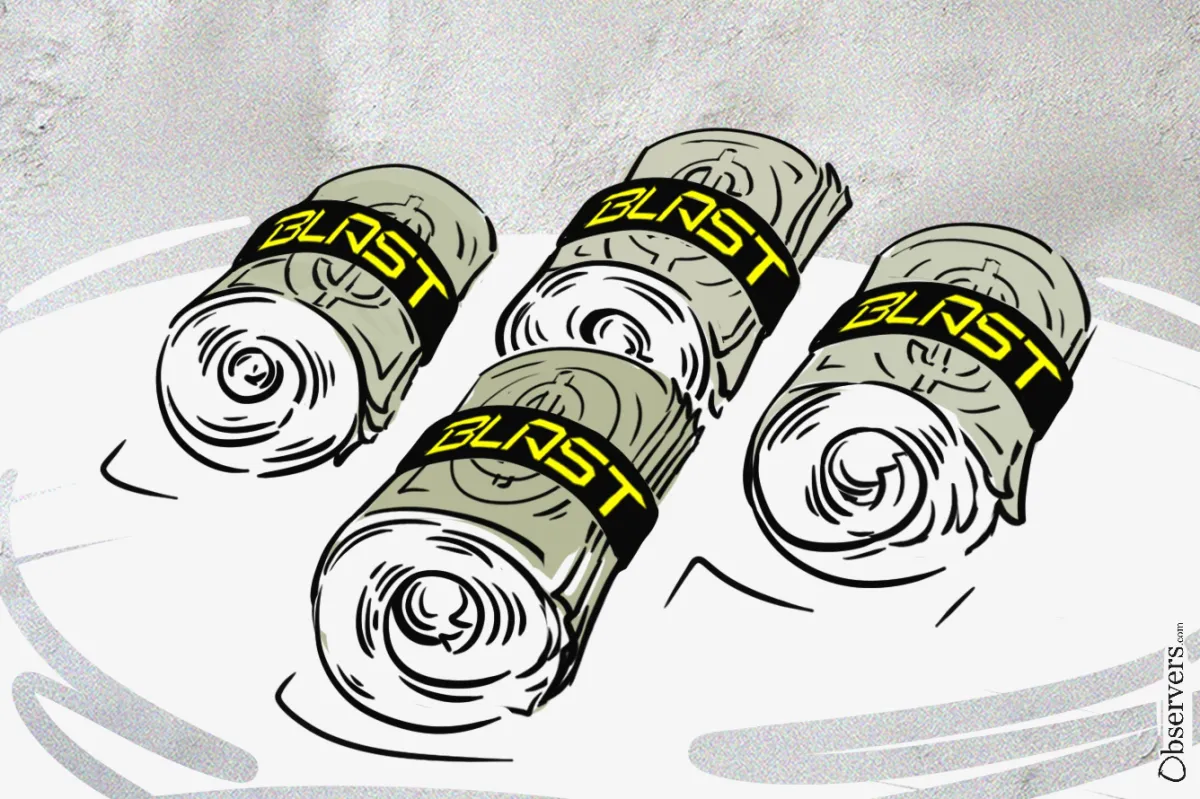
Blast Layer 2, which hit the mainnet four months ago, has just put out its Q2 report showcasing its successes and laying down what’s next.
To distinguish itself from other Layer 2 solutions, Blast has offered a unique yield to users holding ETH and stablecoins on its network. This yield is automatically applied; users don’t need to engage in any additional staking activities, as bridged ETH and stablecoins automatically earn yields. Additionally, the project continues to innovate by distributing 100% of gas fee revenue directly to developers, a change from the typical practice where L2 networks retain this revenue.
These incentives have propelled Blast to fourth place in Total Value Locked (TVL) among all Layer 2 solutions, with a TVL exceeding $2.3 billion. This achievement marks Blast as the fastest-growing chain in the first 100 days in crypto history.
Interest in the chain has been strong both from dApp developers and airdrop hunters, drawn by the appealing $BLAST airdrop. Since its launch, Blast has attracted over 1.5 million users. Currently, the network handles approximately 800,000 daily transactions, and thousands of new users join daily.
In comparison, Optimism handles around 400,000 daily transactions, while Base and Arbitrum process approximately 3.3 million and 1.6 million daily transactions, respectively.
The project also launched its own stablecoin, USDB, which has quickly become the sixth most traded stablecoin by volume. Another major success for Blast was the launch of Fantasy game. This social trading card game allows players to engage in fantasy competitions using cards of their favorite crypto influencers. Fantasy attracted over 45,000 daily active users and generated over $15 million in revenue and $350 million in trading volume in just the first month following its release.
It is also important to note that the project’s impressive growth can be largely attributed to its token incentives. The team has already rolled out the Season 1 airdrop and is now actively offering the Season 2 airdrop. While token incentives effectively draw in users, the network faces a significant challenge when these perks are no longer offered. The critical question is whether the initial incentives will have established a strong enough user base to sustain growth independently.
Looking ahead, Blast plans to develop a “fullstack chain” where everything from software to hardware is built and optimized by the team to help speed up adoption.
Current Blockchains focus on optimizing the chain itself, while relying on third parties for the rest of the stack. This approach is effectively the Android approach, where they optimize the operating system, and rely on third parties for the rest. The Android approach has worked for chains so far, but it has resulted in an ecosystem that is fragmented and filled with friction. Unlike Android, Apple takes a fullstack approach. They build everything from the software to the hardware and optimize across the full stack. This approach drastically accelerated the transition to mobile and resulted in the most valuable mobile ecosystem in the world.
Part of this "fullstack roadmap" includes launching desktop and mobile wallets tailored for crypto natives, aiming to provide an experience superior to Metamask.
Despite all these promising metrics, the $BLAST token has experienced a downtrend since the airdrop in June. This decline has disappointed holders, but it reflects the general trend for many altcoins in Q2 of this year. The majority of the selling pressure has come from the community, as project investors will not see their tokens until next summer.
In conclusion, aside from the token’s performance, Blast’s journey has been promising. Whether this success will continue remains to be seen, but we will continue to Observe and report on its progress.

